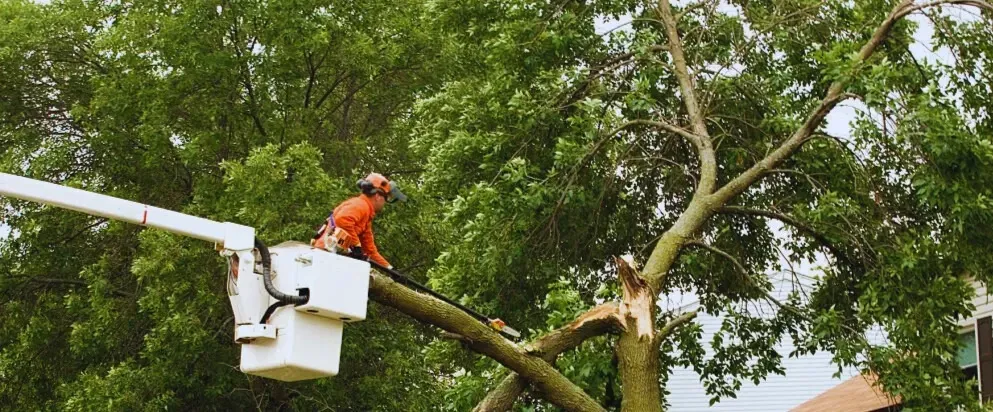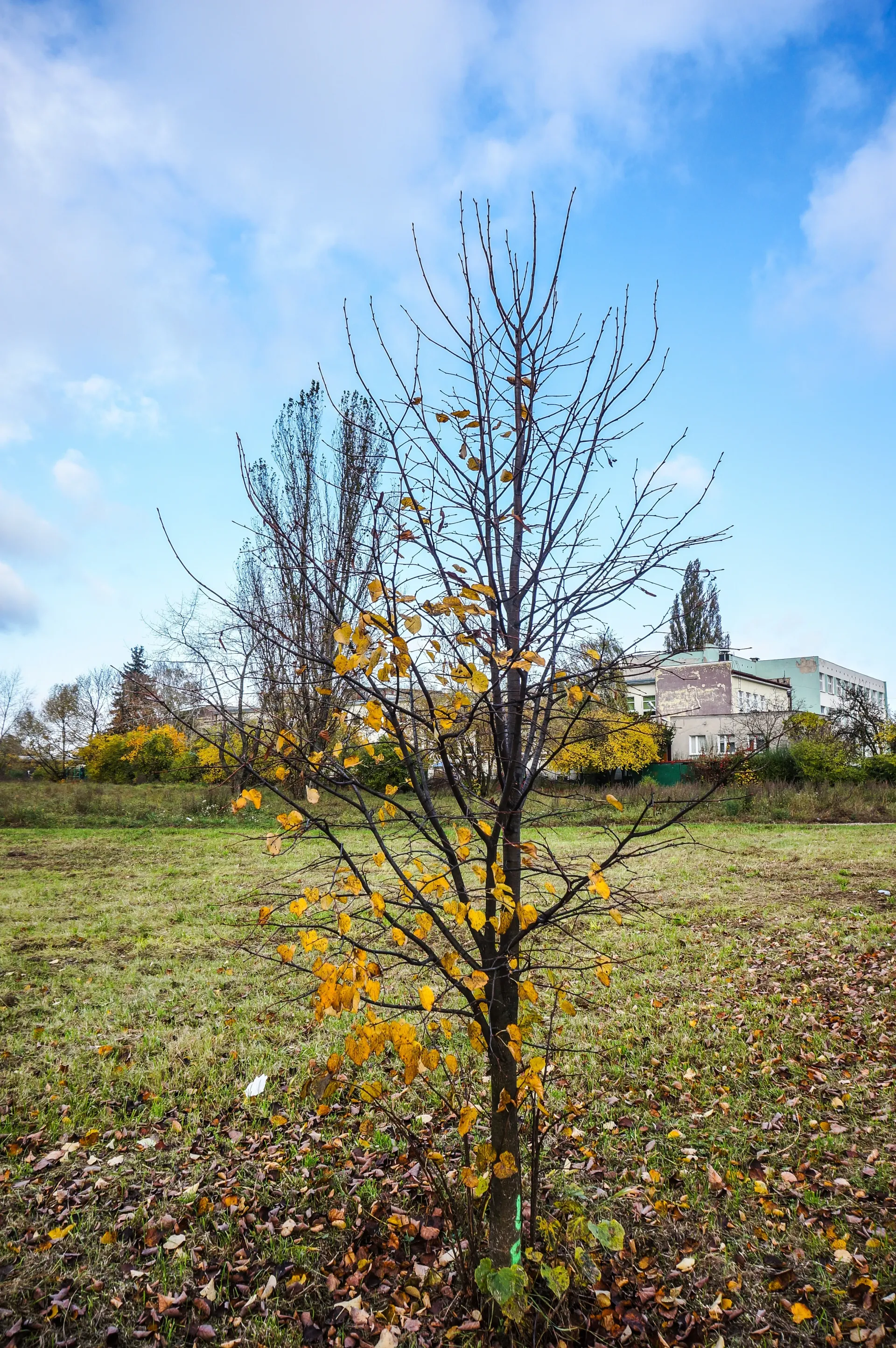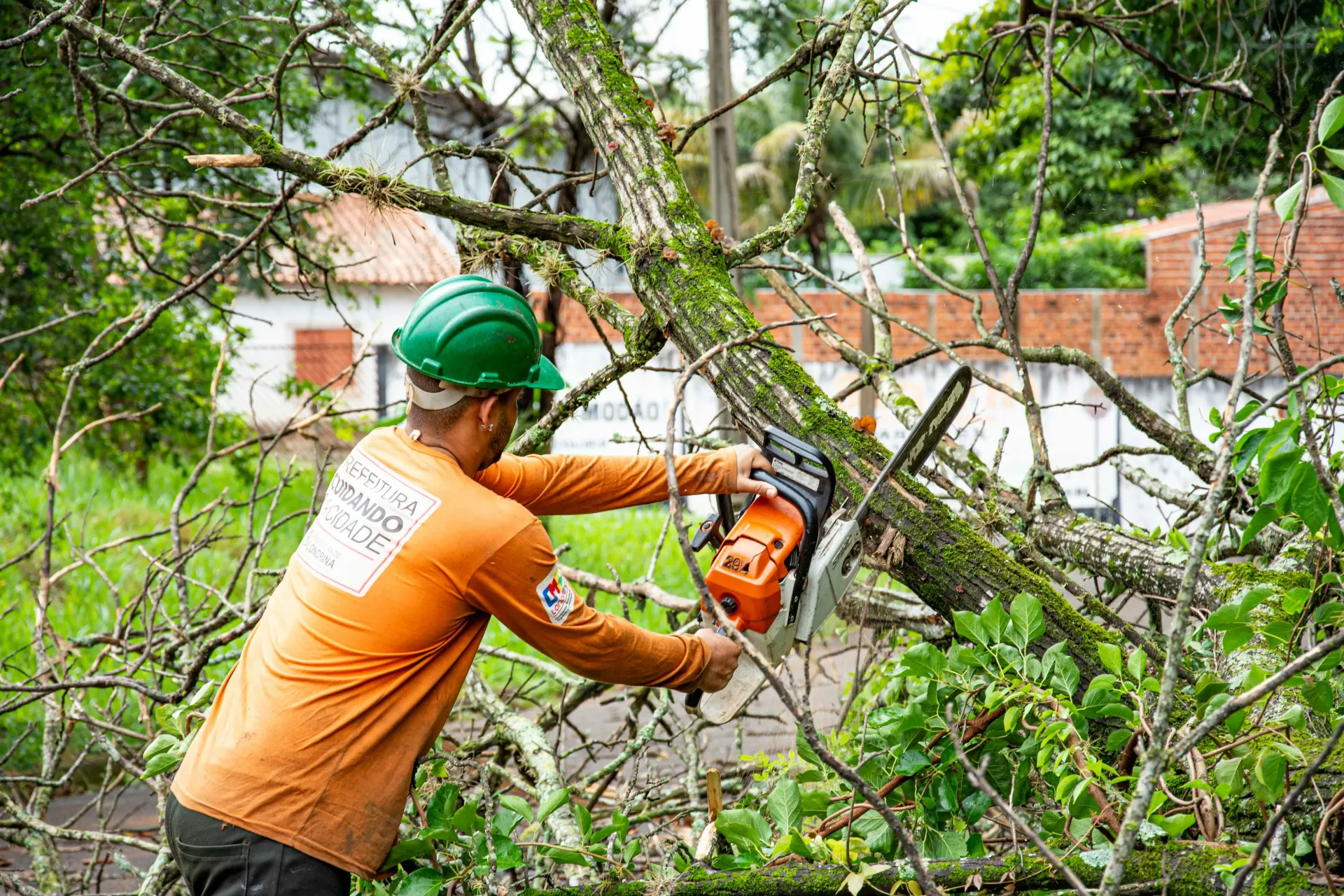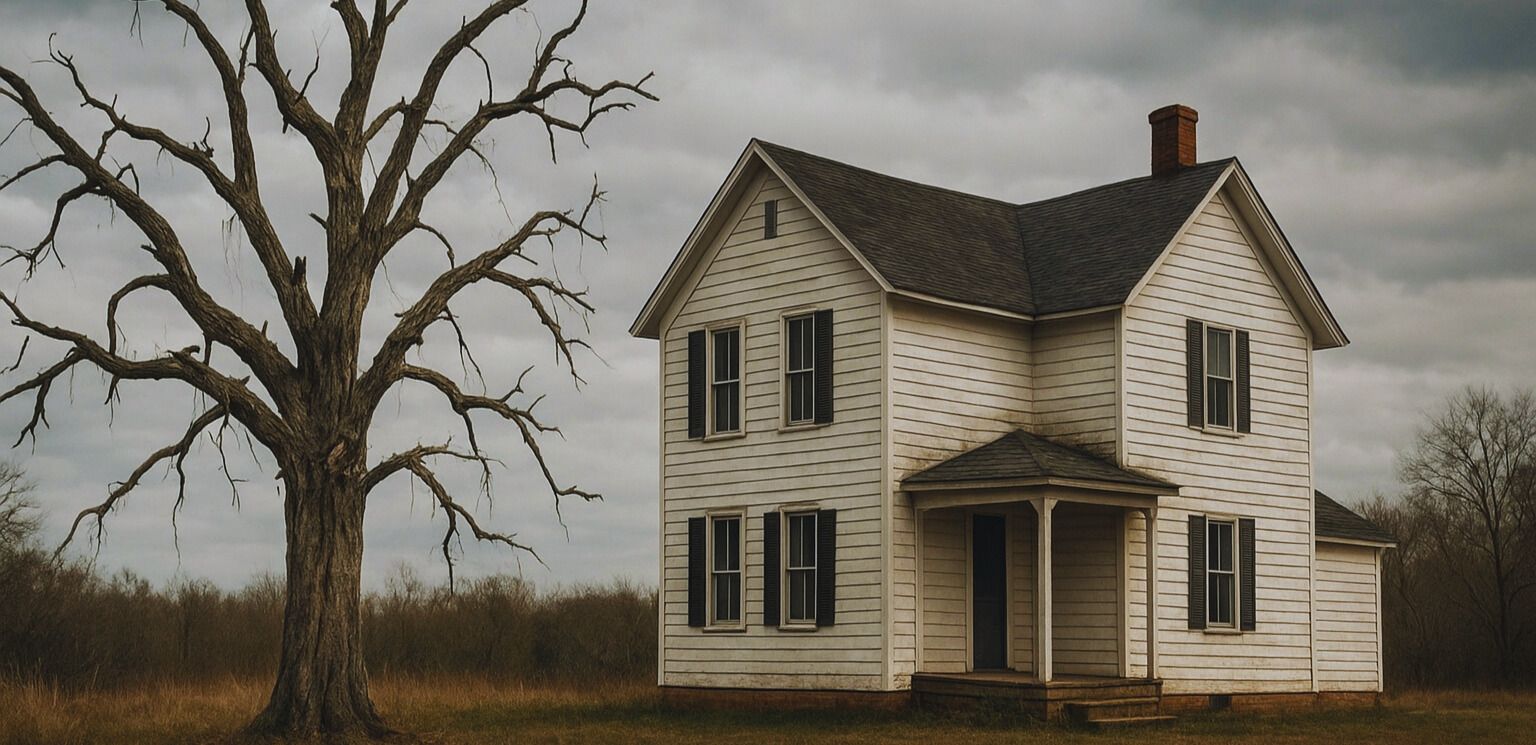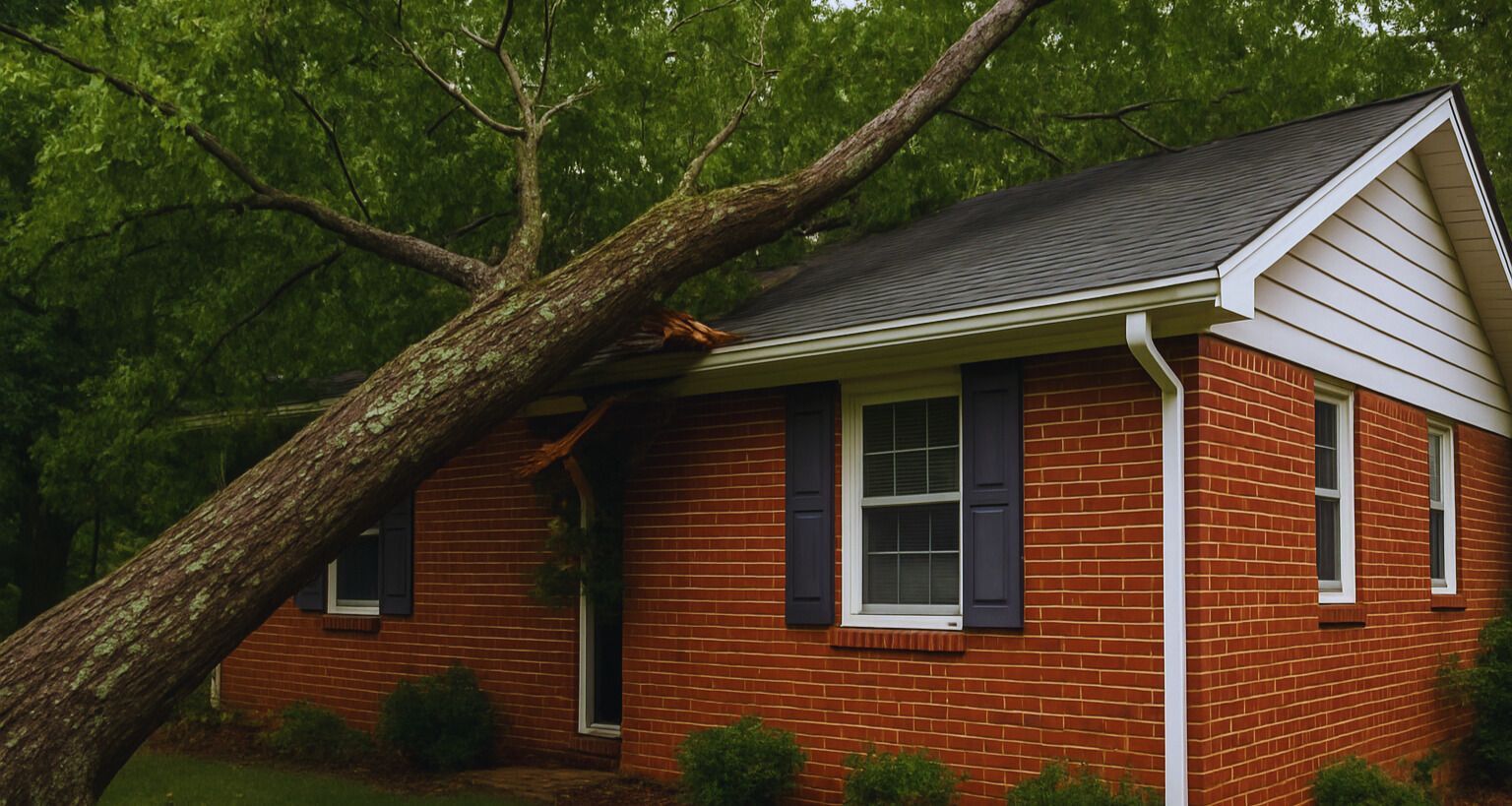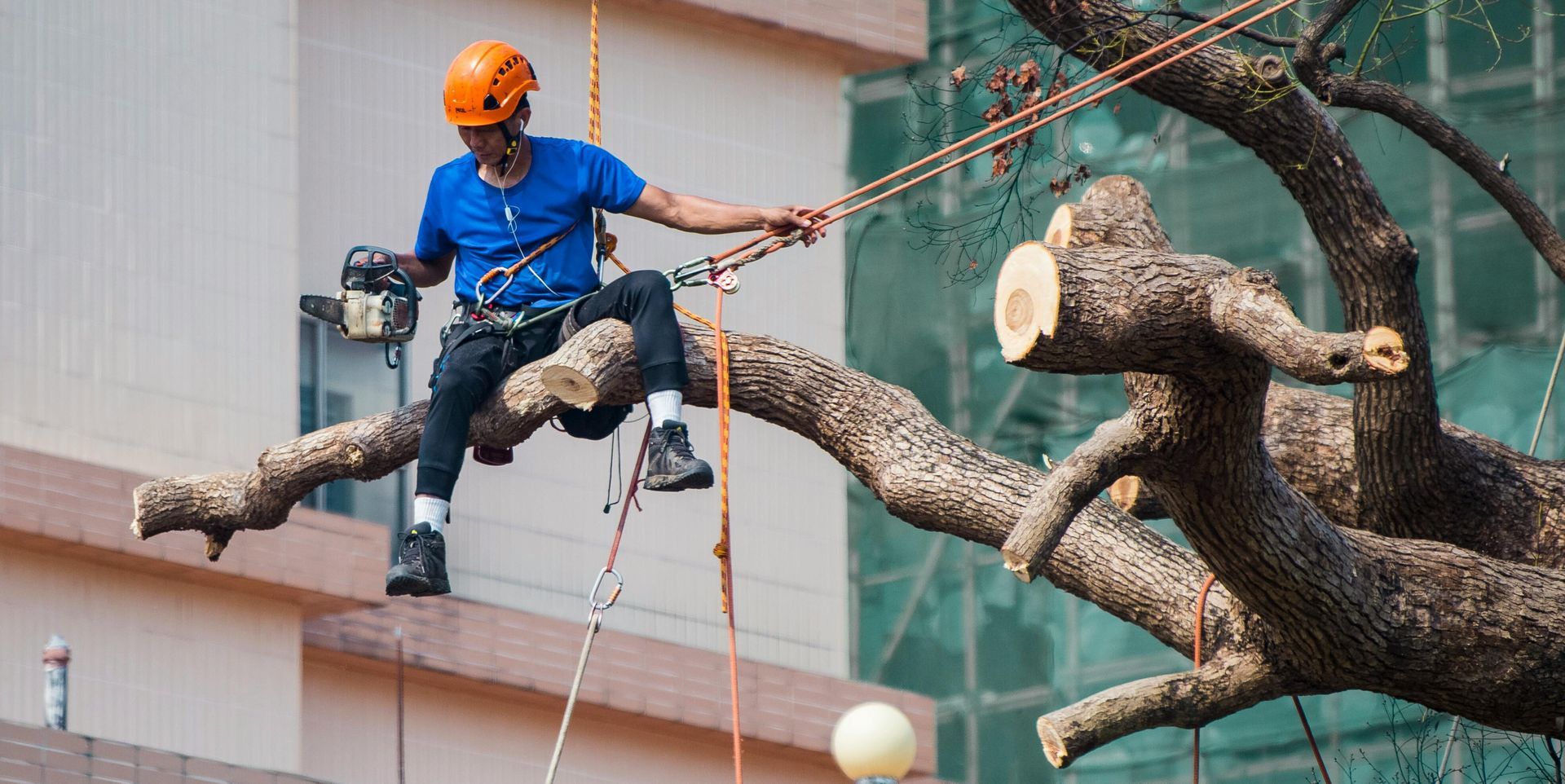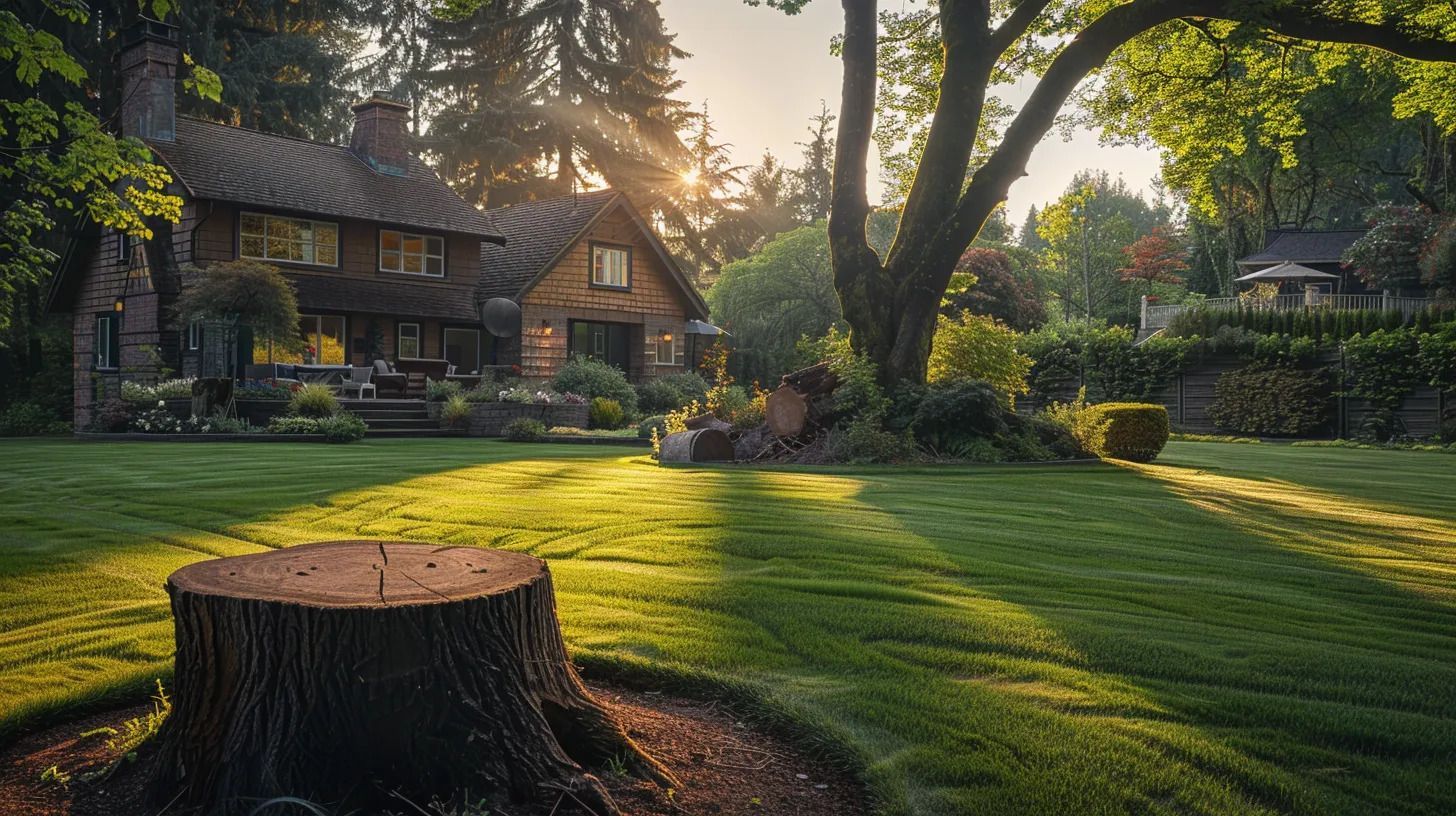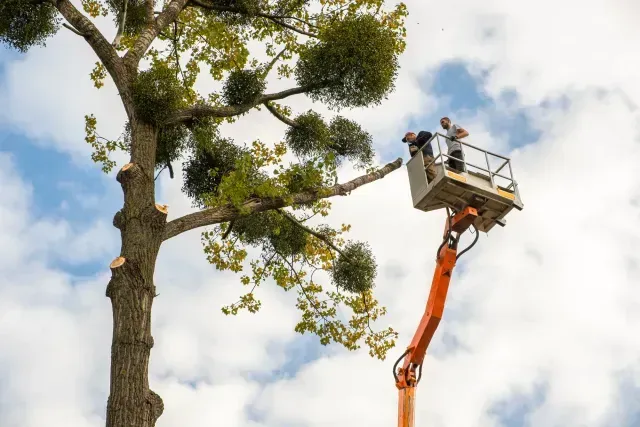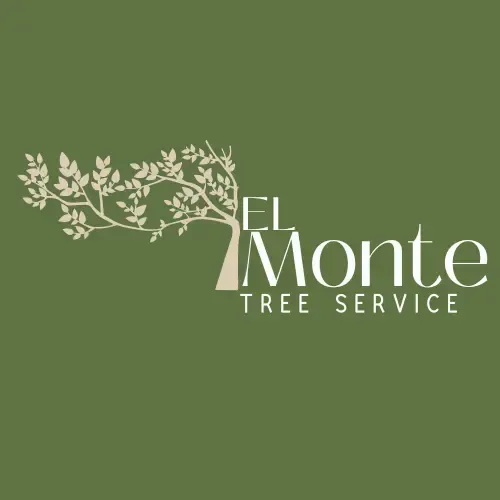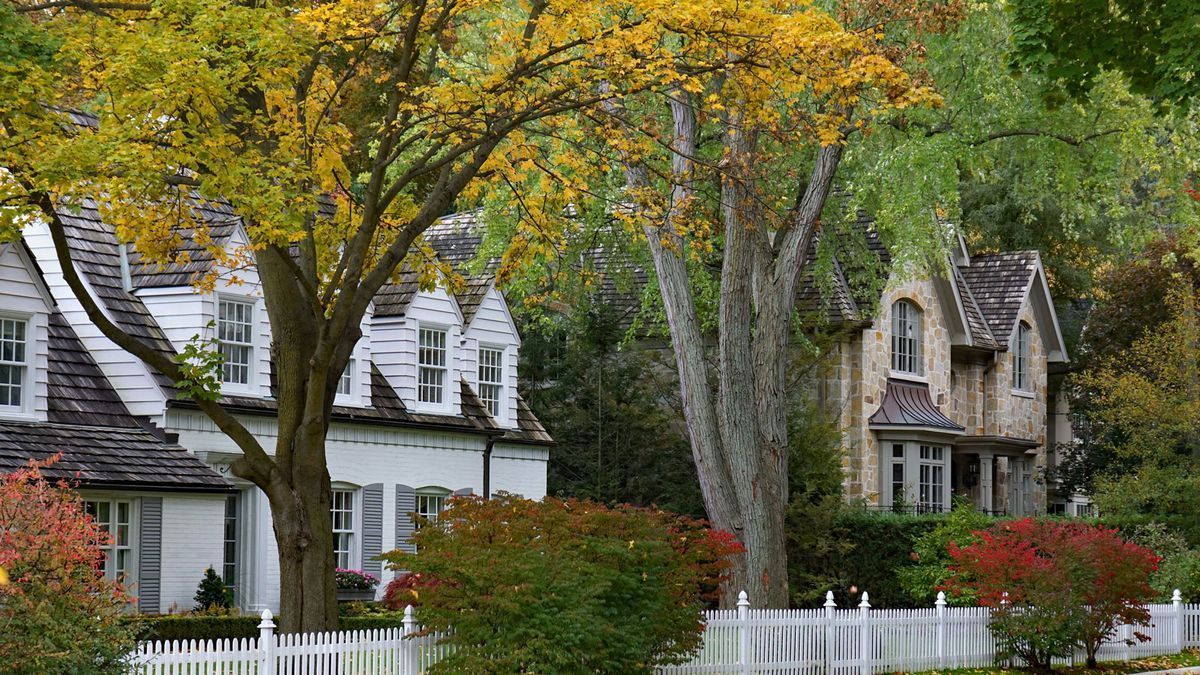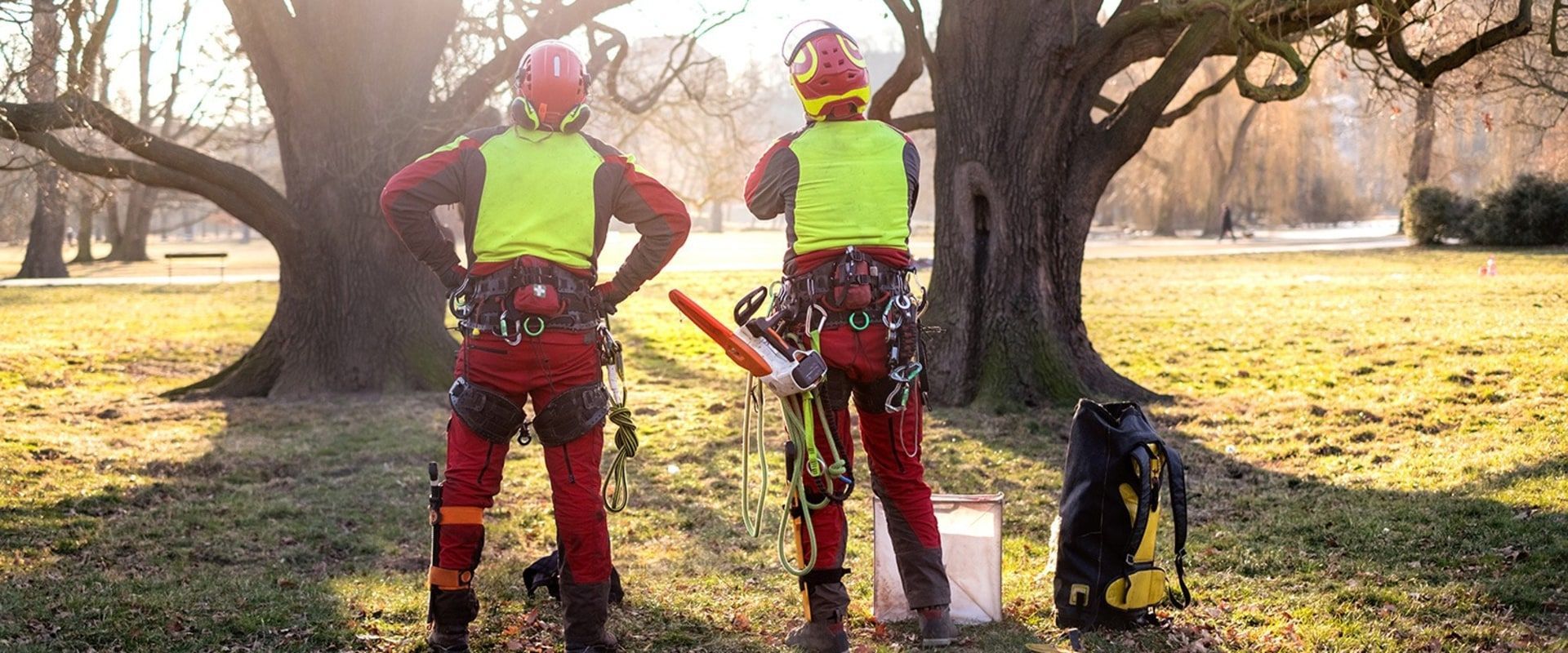Don’t Let a Bad Trim Cost You: Tree Trimming Mistakes to Avoid
Maintaining your landscape might seem simple—until you’re staring up at a once-thriving tree that’s now awkwardly bare, leaning dangerously, or worse, dying. Tree trimming is often underestimated, yet it plays a vital role in ensuring tree health, safety, and curb appeal. One wrong cut can cost you hundreds, if not thousands, in repairs or replacements.
When it comes to tree trimming, many homeowners don’t realize that what looks like a “minor snip” can result in significant damage. Even well-intentioned gardeners make critical errors that compromise both safety and aesthetics. So, before you grab your clippers, read on to discover the most common tree trimming mistakes and how to avoid them.
For professional help, consider reaching out to Monte Tree Service, a trusted name in expert tree care.
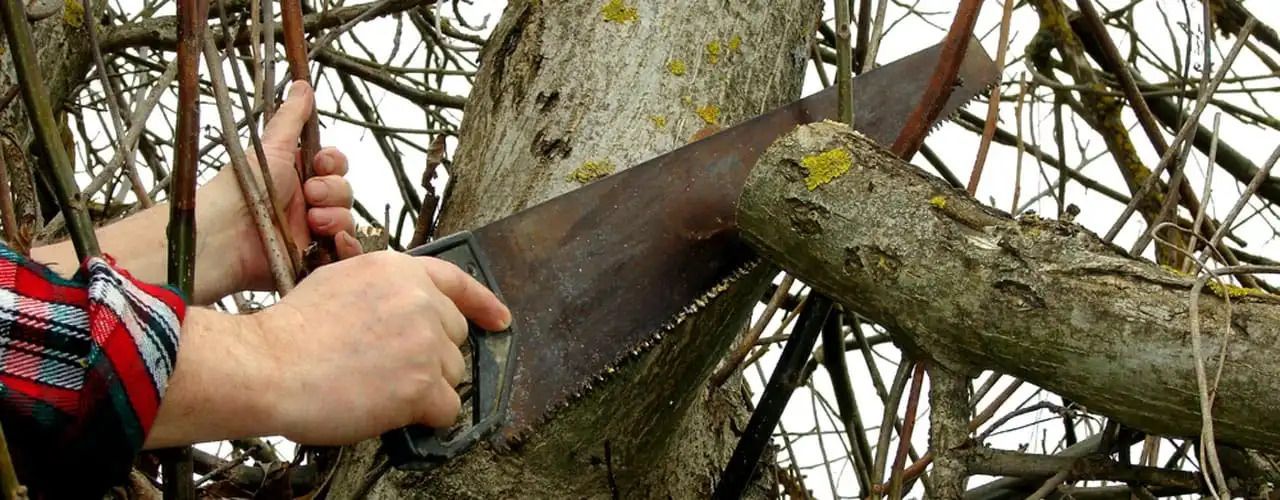
Tree Trimming Mistakes to Avoid
Trimming trees isn't just about aesthetics. It’s a delicate process influenced by timing, technique, and tree type. Here's a deep dive into common mistakes:
- Trimming during active growth
- Over-pruning the canopy
- Ignoring dead or diseased limbs
- Topping trees to reduce height
- Using dirty or dull tools
- Not considering the tree’s natural shape
- Removing large branches close to the trunk
Each of these missteps can cause long-term harm, making it crucial to follow best practices—or better yet, trust the pros.
Importance of Proper Tree Trimming
Proper trimming encourages healthy growth, maintains structure, and reduces risks during storms. Additionally, it:
- Prevents disease spread
- Improves sunlight penetration and air circulation
- Increases your property’s value
- Enhances overall safety
Done correctly, it enhances your yard’s beauty and your trees’ longevity.
Improper Timing of Tree Trimming
Timing is everything. Pruning in spring or summer can shock the tree, especially when it's actively growing. The dormant season (late winter) is typically ideal, as it:
- Minimizes sap loss
- Reduces pest attraction
- Promotes robust regrowth
Avoid trimming during budding or fruit-bearing seasons to prevent stress and reduce the risk of disease.
Over-Pruning Trees
Also known as “lion-tailing,” this method removes too many interior branches, leaving only tufts of foliage at the ends. This:
- Weakens the tree structure
- Reduces photosynthesis
- Makes trees more susceptible to wind damage
Moderation is key—remove no more than 25% of the canopy during a single session.
Tree Topping: The Cardinal Sin
Topping is a drastic measure that involves cutting off the top of a tree to reduce its size. Unfortunately, it:
- Causes rapid, weak regrowth
- Increases decay and disease
- Destroys the tree’s natural beauty
Instead of topping, opt for crown reduction, which maintains the tree’s form while reducing its height.
Using Dull or Wrong Tools
Clean cuts are essential for healing. Dull or inappropriate tools create ragged edges that:
- Invite disease
- Slow healing
- Damage bark
Invest in high-quality pruning shears, loppers, and saws. And always sterilize your tools before and after use.
Neglecting Safety Measures
Trimming trees isn’t without its risks. Falling branches, sharp tools, and electrical wires pose serious hazards. Always:
- Wear protective gear
- Use proper ladders or climbing equipment
- Watch for overhead power lines
Better yet, let trained professionals handle complex jobs.
Skipping Professional Help
Trees close to homes, power lines, or other structures require skilled hands. Certified arborists assess the tree’s condition and recommend the best trimming approach. Find out more or contact Monte Tree Service for expert advice.
DIY Trimming Without Knowledge
While DIY is tempting, tree trimming isn't a weekend hobby for most. Lack of experience can lead to:
- Dangerous falls or injuries
- Cutting essential limbs
- Misidentifying diseased areas
Understanding tree biology is key. Without it, you’re more likely to make costly errors. For tricky trees or high branches, it's safer to trust the pros—Monte Tree Service offers expert care for complex pruning situations.
Ignoring Tree Species Needs
Each tree species has its quirks. Oak trees prefer trimming during dormancy to prevent oak wilt. Maples bleed sap if pruned too late in spring. Without this knowledge, you risk:
- Stressing the tree
- Encouraging pest infestation
- Triggering disease outbreaks
Research or consult an arborist before any trimming session.
Failing to Inspect for Tree Diseases
Disease-ridden limbs may look normal at first glance. Trimming them without proper inspection can spread pathogens to healthy parts. Watch for:
- Cankers
- Blackened leaves
- Mushrooms near the base
Removing infected parts requires clean, strategic cuts—and sometimes treatment beyond trimming.
Not Cleaning Equipment
Sap and soil cling to tools and breed harmful bacteria. Trimming with dirty equipment can transmit infections from one tree to another. Always:
- Wipe down tools after use
- Disinfect with alcohol or bleach
- Sharpen blades for cleaner cuts
This one step significantly increases your trees’ survival rate post-trimming.
Cutting Too Close to the Trunk
The branch collar, a slightly swollen area where a branch joins the trunk, is crucial for healing. Cutting into it:
- Damages natural defense systems
- Slows recovery
- Invites decay
Instead, cut just outside the collar at a slight angle. It’s the sweet spot for healing without harming the tree.
Leaving Large Wounds
A gaping wound not only looks bad but also:
- Becomes an entry point for pests
- Increases decay risks
- Slows down the healing process
Use proper tools and techniques to minimize open wounds. The cleaner and smaller the cut, the better.
Removing Too Much of the Canopy
It’s tempting to clear out the canopy for more light or better views. But over-thinning:
- Disrupts balance
- Causes sunscald
- Weakens the root system
Limit canopy reduction to 20-25% at most, especially for mature trees.
Improperly Disposing of Trimmings
Leftover branches, especially diseased ones, must be removed promptly. Otherwise, they:
- Attract pests
- Pose fire hazards
- Spread disease
Consider chipping healthy branches for mulch, composting leaves, or scheduling pickup with a local disposal service.
Avoiding Regular Maintenance
One-time trimming doesn’t cut it. Trees need consistent attention. Annual checkups help:
- Spot early signs of trouble
- Prepare trees for storm season
- Maintain optimal shape
Set reminders to evaluate your trees every 6-12 months or after major weather events.
Hiring Unqualified Tree Services
Not all landscapers are qualified arborists. Hiring an inexperienced contractor can be worse than trimming yourself. Watch out for:
- No insurance
- Lack of certifications
- Vague pricing
Trust certified professionals like Monte Tree Service to handle your valuable green assets with expertise.
Not Checking Local Regulations
Trimming protected trees or violating neighborhood codes can land you in hot water. Always:
- Verify local tree ordinances
- Check HOA guidelines
- Get necessary permits
A simple oversight here can lead to hefty fines or mandatory tree replacement.
Benefits of Hiring Professionals
Trained arborists do more than cut branches—they assess overall tree health and anticipate future issues. Professional services bring:
- Precision and safety
- Proper tools and techniques
- Long-term tree health management
Let the experts take the guesswork out of the process.
How to Choose the Right Arborist
A good arborist should have:
- ISA Certification
- Positive reviews and references
- Transparent pricing
Ask for proof of insurance and a detailed plan before committing to any tree trimming project.
Tree Service vs. Landscaping Services
Tree trimming isn’t just landscaping—it’s horticulture. While landscapers focus on ground-level aesthetics, tree service professionals:
- Understand tree biology
- Detect internal decay
- Handle large-scale removals
Need the right help? Visit Monte Tree Service to see the difference expertise makes.
Why Tree Health Affects Curb Appeal
A healthy tree adds value and beauty to your property. On the flip side, poorly trimmed or dying trees:
- Create eyesores
- Reduce property value
- Scare potential buyers
Healthy trees, when properly maintained, make a home feel warm, inviting, and safe.
Emergency Tree Trimming Scenarios
Storms, lightning strikes, or rapid disease spread may necessitate emergency trimming. In such cases:
- Time is critical
- Safety is paramount
- Damage mitigation is essential
Have a reliable tree service on speed dial—you guessed it: Monte Tree Service.
Common Myths About Tree Trimming
Let’s debunk a few:
- “Topping stops growth” – False. It causes weak, erratic regrowth.
- “Tree wounds need paint” – Nope. Wound dressings trap moisture and can worsen decay.
- “Any time is a good time to prune” – Incorrect. Timing matters.
Knowing fact from fiction protects your trees and your wallet.
Signs a Tree Needs Trimming
Don’t wait for a branch to fall. Watch for:
- Rubbing or crossing branches
- Excessive leaning
- Dead limbs
- Power line interference
Early action prevents future hazards.
Tree Trimming Tools You Should Own
Every DIY-er should have:
Tool Purpose
Hand pruners Small branches and twigs
Loppers Medium-sized limbs
Pole saw High branches
Chainsaw Large cuts (use with caution)
Safety gear Gloves, helmet, eye protection
Eco-Friendly Tree Trimming Practices
Want to care for the planet while pruning? Try:
- Avoiding bird nesting seasons
- Composting clippings
- Using electric tools
- Trimming minimally for aesthetics
Trees are a legacy—treat them with care.
Tree Service Costs and Budgeting Tips
Cost depends on:
- Tree size and location
- Accessibility
- Risk level
To save:
- Bundle services
- Schedule off-season
- Get multiple quotes
Still, remember: quality care costs less in the long run than replacing a damaged tree.
FAQs
What time of year is best for tree trimming?
Late winter or early spring is ideal for most trees.
How much of the tree can I safely trim?
No more than 25% of the canopy in one session.
Is it safe to trim trees near power lines myself?
No. Always call professionals for high-risk trimming.
Does trimming encourage tree growth?
Yes, if done correctly—it stimulates healthy regrowth.
What is the difference between pruning and trimming?
Trimming focuses on aesthetics; pruning promotes health and structure.
Can I trim a diseased tree myself?
Only if you can correctly identify and contain the disease—otherwise, call a pro.
Conclusion
Tree trimming, when done right, boosts health, safety, and visual appeal. But one misstep could lead to irreversible damage. Whether you're a seasoned gardener or a weekend warrior, knowing the dos and don'ts is essential. Avoid common pitfalls, follow best practices, and when in doubt—call the experts.
For reliable, experienced help, trust Monte Tree Service. Need immediate assistance? Contact them here.
Links:
